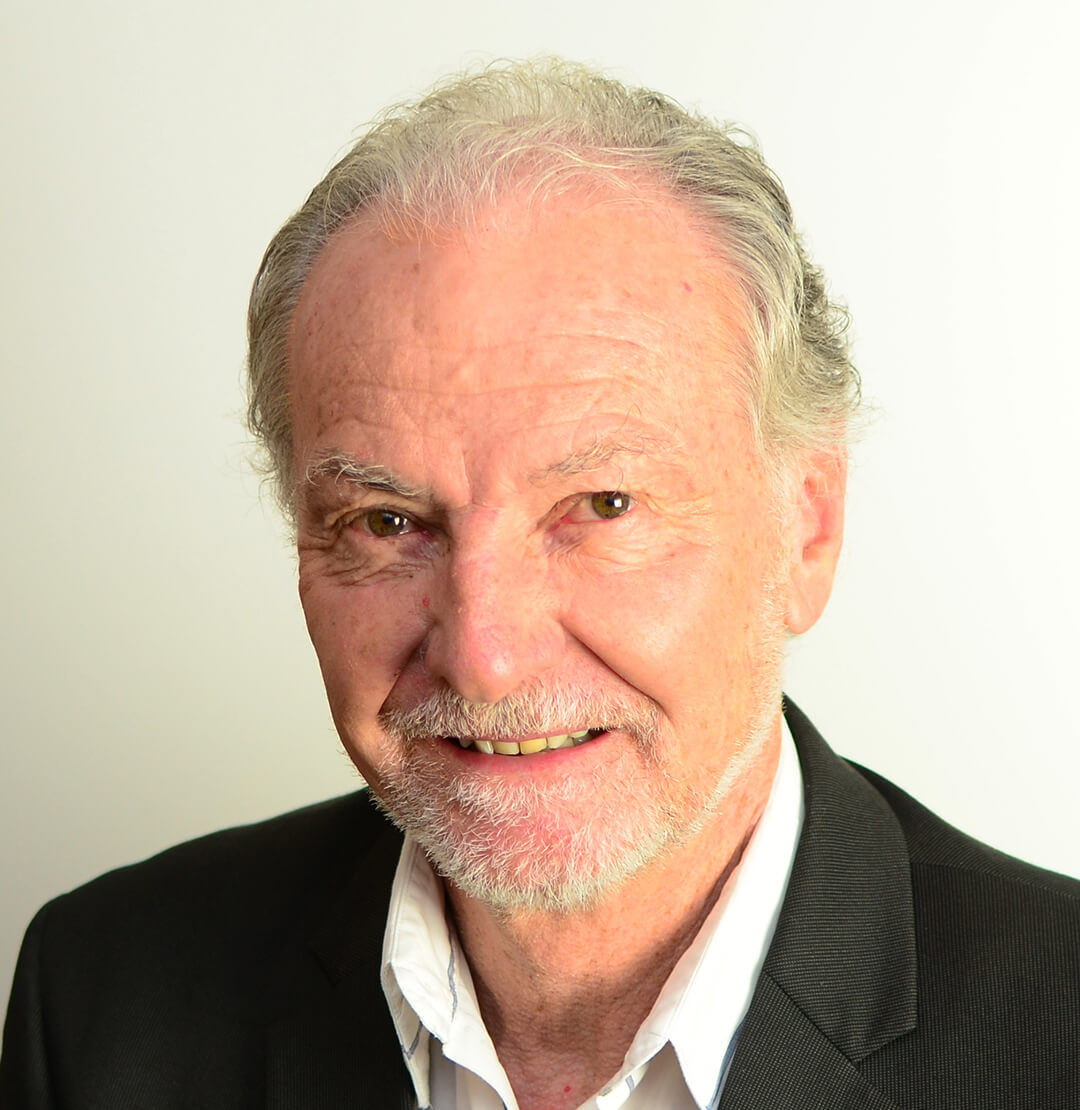Human Translational Physiology
Faculty
Research Focus
The goal of this laboratory is to understand the relationships between adipose tissue expansion in obesity and metabolic abnormalities, with emphasis on cellular and molecular mechanisms in skeletal muscles; to investigate the impact of environmental and/or pharmacological interventions on brown adipose mass and activity; and to perform research in aging designed to assess the impact of caloric restriction in nonobese humans on biomarkers of longevity.
About this Lab
Presently, the Human Translational Lab is working in close collaboration with the core facilities on four different projects:
Develop a novel method to measure insulin sensitivity in humans.
The overall aim of this method development study is to collect data to determine whether
the ratio between 24h C-peptide urinary excretion rate and average 24h circulating
glucose represent a good correlate of what is measured by the gold standard, i.e.
glucose disposal rate from a euglycemic-hyperinsulinemic clamp.
Develop a novel method to assess metabolic flexibility in a whole-body indirect calorimeter.
The overarching aim of this study is to determine the effect of different meal compositions
(high- vs. low-fat) on metabolic flexibility as it relates to meal-stimulated changes
in RER and sleep RER as well as the dynamic of RER changes such as peak RER, time
to peak RER, nadir RER, time to nadir, slope, area under the curve. We are also analyzing
24-h RER kinetics in more than 300 recordings of daily energy expenditure in a respiratory
chamber.
Molecular Transducers of Physical Activity (MoTrPAC).
Our lab and the entire Clinical Science Division is heavily involved in this national
research consortium designed to discover the range of molecular transducers (the "molecular
map") that underlie the effects of physical activity in humans. The program's goal
is to study the molecular changes that occur during and after exercise and ultimately
to advance the understanding of how physical activity improves and preserves health.
Physical Activity and Cognitive Function in Older Adults: A Novel Role for GPLD1?
Recently, Horowitz et al showed that transferring circulating plasma from exercised
aged mice to sedentary aged mice mimicked the effects of exercise on the recipient’s
neurogenesis and cognition. In an exploratory study, we are now testing whether higher
levels of physical activity are associated with higher circulating GPLD1, better cognitive
function and better brain structure/function.



